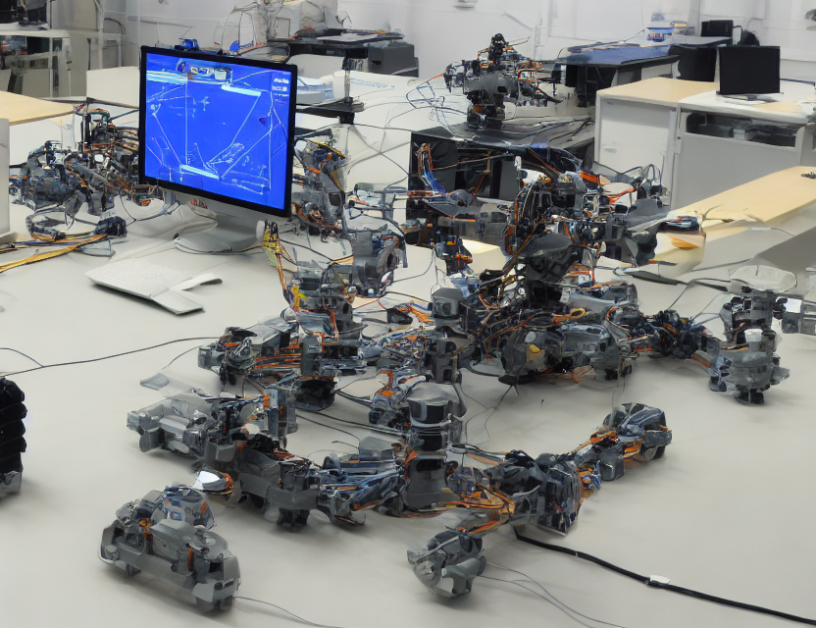In this article, we explore a new approach to obstacle avoidance in control systems. We propose multiple control functionals that can help a system navigate around obstacles while minimizing the effects of disturbances. These functionals are designed to be easy to implement and can be applied to various types of control systems, including those with time-delays.
To understand how these functionals work, let’s first consider an analogy. Imagine you’re driving a car on a winding road with obstacles scattered along the way. You want to avoid hitting any of these obstacles while still maintaining control of your vehicle. Now imagine that each obstacle represents a disturbance in your system, and our functionals are like special tools that help you navigate around them smoothly.
We propose five different control functionals, each designed to tackle specific types of obstacles. These functionals are based on the concept of "sliding mode control," which involves using a special type of signal to steer your system around obstacles. By combining these functionals, you can create a more robust and adaptive control system that can handle a wide range of obstacles and disturbances.
We test our functionals using numerical simulations and demonstrate their effectiveness in avoiding obstacles while minimizing the impact of disturbances. Our results show that these functionals can significantly improve the performance of control systems compared to traditional approaches.
In summary, this article introduces a new approach to obstacle avoidance in control systems based on sliding mode control and multiple control functionals. These functionals provide a flexible and adaptive way to navigate around obstacles while minimizing disturbances, making them ideal for use in a wide range of applications, from robotics to process control. By combining these functionals, you can create a more robust and effective control system that can handle even the most challenging environments.
Computer Science, Systems and Control
Design of Distributed Control Strategies for Multi-Robot Systems via Optimization and Sliding Modes



